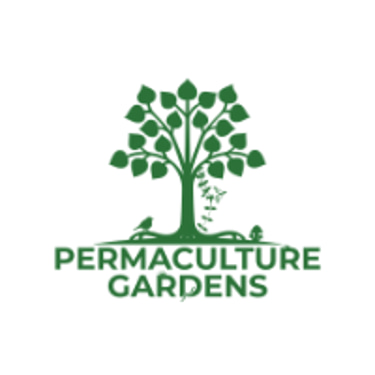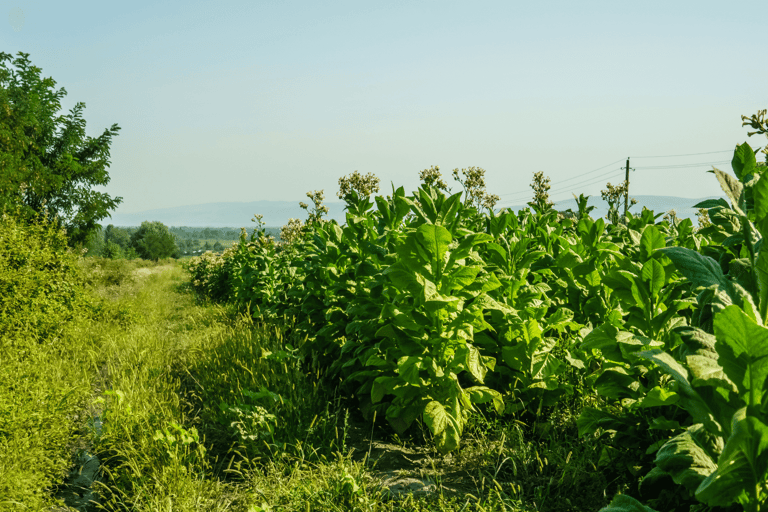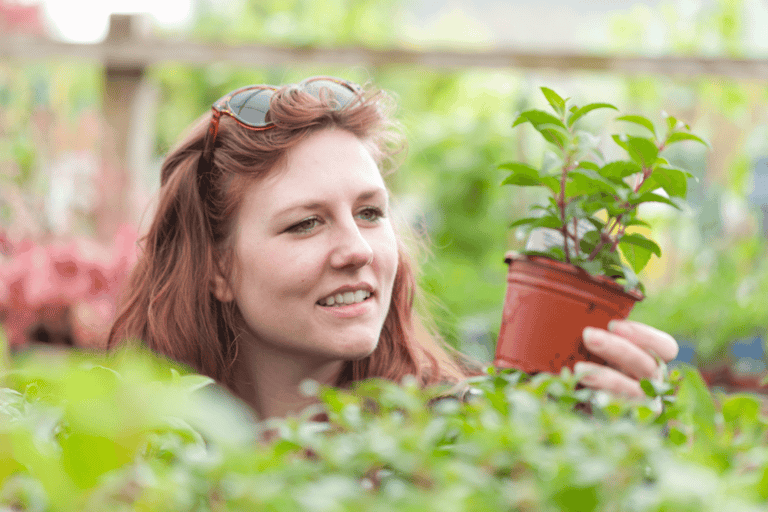Best Perennial Vegetables to Grow
One of the main ways you can reduce your work in the garden is by planting perennial plants instead of annuals. Perennials take a bit of extra time to establish...
9/12/20239 min read
Best Perennial Vegetables to Grow
Disclaimer
This Best Perennial Vegetables to Grow article may contain some affiliate links. The small commission we receive if you choose to purchase goes towards making this gardening education available for free! We do not affiliate for anything we do not personally use. Thanks so much for your support!
Bulk asparagus crowns serve as great perennial vegetable options
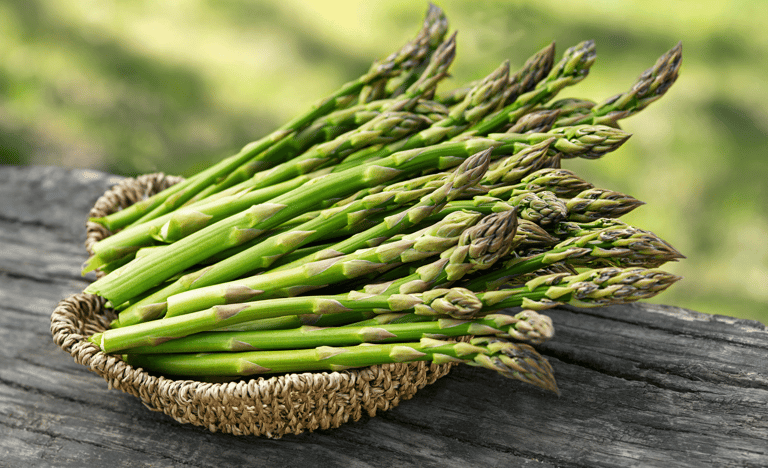

Best Perennial Vegetables to Grow:
A Quick Guide to Perennials Plants
In this blog, we propose you commit to planting at least one perennial vegetable in your food garden this coming season. But before choosing the perennial that is right for you consider the following:
Kinds of Edible Perennials You Can Grow
Sure-Win Perennials
TLC Perennials
Long-Shot Perennials
only then can you successfully
1. Why Grow Perennials
Artichokes are a perennial vegetable we may not think of growing.
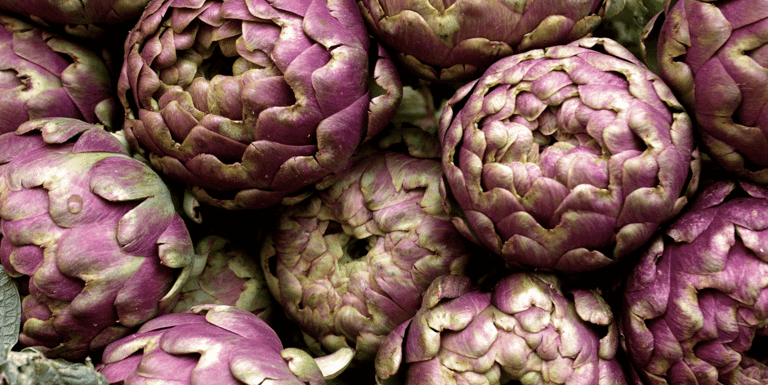

Benefits of Growing Perennials
Permaculture is sometimes referred to as “lazy” gardening. This catchy phrase refers to permaculture’s emphasis on minimizing unnecessary work in the garden, thus saving you effort and money. One of the main ways you can reduce your work in the garden is by planting perennial edibles instead of annuals. Perennials take a bit of extra time to establish versus annuals, but once they get comfortable in the ground they will:
Be dependable sources of food and come back every year like clockwork
Be more resilient than annual crops, and
Provide larger harvests than annual vegetables
Thomas Merton
“You do not need to know precisely what is happening, or exactly where it is all going. What you need is to recognize the possibilities and challenges offered by the present moment, and to embrace them with courage, faith, and hope."
There are a bunch of great resources on perennial vegetables that you can consider as references for perennials suitable for your climate and conditions:
Martin Crawford’s Creating a Forest Garden
Eric Toensmeier’s Perennial Vegetables, and
Temperate Permaculture‘s index of edibles and their functional use in the garden.
Dave Jacke & Eric Toensmeier's Edible Forest Gardens
However, these resources tend to be encyclopedic in their coverage and don’t tell you where to source these plants or seeds so that you can grow them in your garden. We want this blog to do two things:
Be a simple introduction to the world of perennial vegetables and
Show you where to source your plant starts or seeds so that you can grow more abundantly each year.
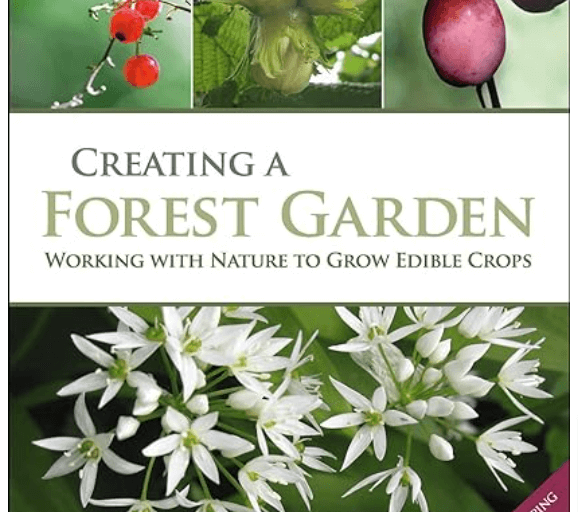

Resources for Growing Perennial Vegetables
This Best Perennial Vegetables to Grow article ignores:
Herbs
Tropical perennials, and
Rare vegetables
These topics may be the focus of future blogs. For now, let's focus mainly on temperate climate vegetables, breaking them down into 3 categories;
Sure Win
TLC (Tender Loving Care)
Longshot
Plants Covered in this Blog:
OUR STORY
Lovage
(Levisticum officinale)
Lovage is a type of perennial celery (slightly stronger, distinct flavor than celery) that loves cool weather. It’s fairly easy to grow from seed, grows on average about three feet tall in the spring, and produces about one to two pounds of stem and foliage from one plant, which is probably enough for most families.
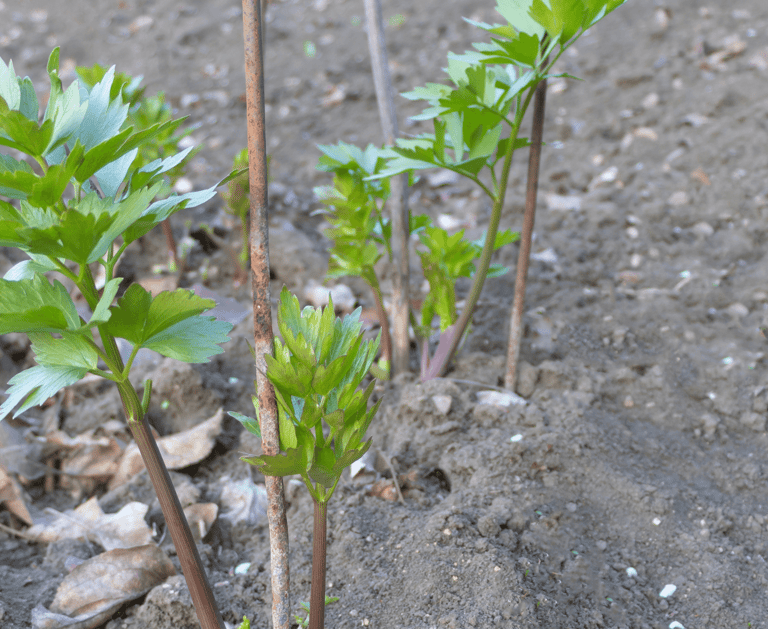

OUR STORY
Jerusalem Artichoke
(Helianthus tuberosus)
Jerusalem Artichokes or “Sunchokes” are in the Aster family and produce large tall plants that look a bit like miniature sunflowers and grow 8-10 ft tall. The roots are harvested in the fall and can be sliced or boiled like potatoes. Almost too easy to grow, sunchokes provide several pounds of harvest. However, they are hard to remove once established, so planting them in their own bed makes sense.
Buy Sunchokes Here.

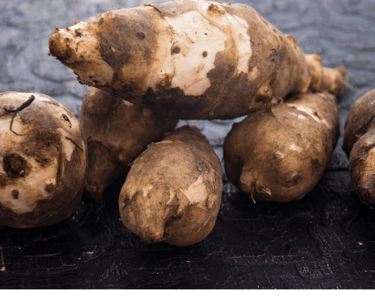
OUR STORY
Rhubarb
(Rheum rhabarbarum)
Rhubarbs are easy to start from seed, don’t mind the shade, and will reliably send out large stems with fronds in the early spring. The stems are usually baked or stewed in desserts, where their pleasant tangy sour taste matches up well with strawberries. One rhubarb plant will produce around three pounds of stems in a year, which is plenty for most families.
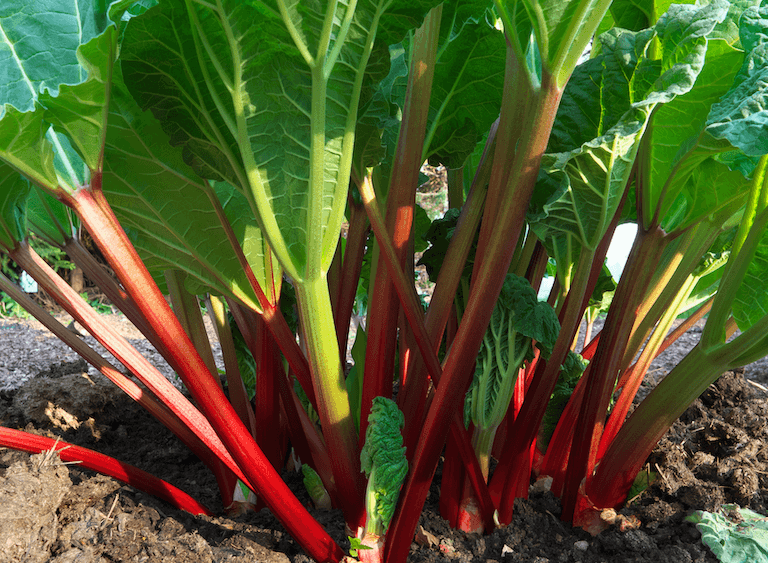

OUR STORY
Strawberry
(Fragaria × ananassa)
Let's sneak fruit into this list because strawberries are easy to grow, easy to find, and affordable when bought in bulk. Strawberries have shallow roots and need a bit of shade and water, but aside from that, they are very easy to take care of. There are two main types of strawberries:
Everbearing Strawberries (continuous harvest from early summer to mid-fall) and
June-bearing Strawberries (one main crop) type.
The everbearing varieties don’t produce as large of a fruit, but yield more over the year.
Ten everbearing plants can easily provide three pounds of strawberries. These types also produce runners each year that become new plants.


OUR STORY
Welsh Onions
(Allium fistulosum)
These are non-bulbing onions that produce numerous side shoots that can be split off and replanted. These are easy to grow and have fewer pests. Use them wherever you would use scallions.
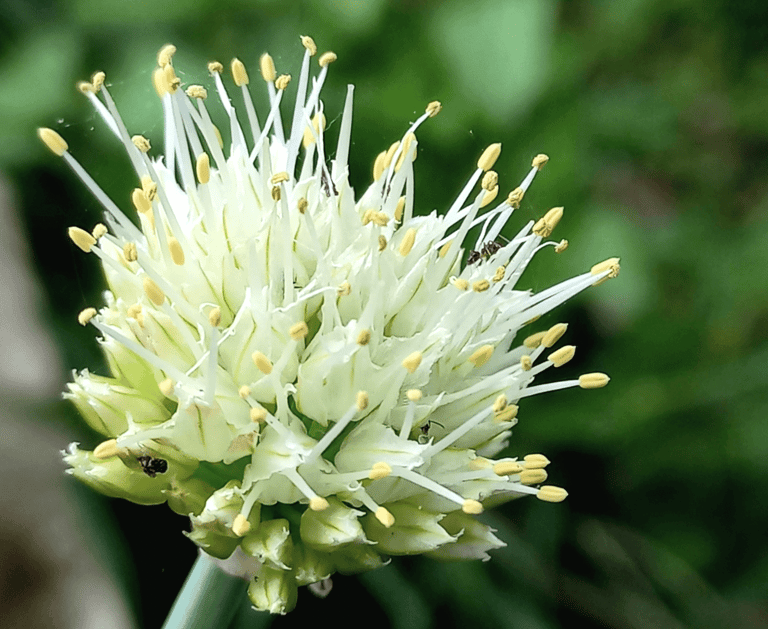

TLC (Tender Loving Care) Perennial Vegetables
TLC plants are those that can be either hard to grow or hard to find.
OUR STORY
Asparagus
(Asparagus officinalis)
Asparagus crowns are easy to find. (Note: Crowns are the base root of the plant)
After it is established asparagus can produce up to half a pound of spears per plant for 20 years. Even though they are relatively easy to grow, we list them in the TLC category because they take a few years to establish themselves.


OUR STORY
Globe Artichokes
(Cynara cardunculus var. scolymus)
Globe artichokes are a member of the Aster family. Unlike their cousins the "Jerusalem artichoke" that are cultivated for their roots, globe artichokes' edible parts are their huge blooms. These flower heads are prized for their soft inner core, but removing the hard prickly outer leaves is time-consuming. This plant also tends to be picky about shade and heat requirements. However, artichoke lovers worldwide will say that the flavor of this perennial vegetable is worth the trouble of growing it.


OUR STORY
Ramps
(Allium tricoccum)
These wild “garlic/onions” from the allium family, have become the rage in fancy restaurants around the United States. Since many foodies have been foraging ramps into oblivion they are hard to find. Harvest the flavor-prized leaves and leave the bulb of the plant in the ground so it can return next year.
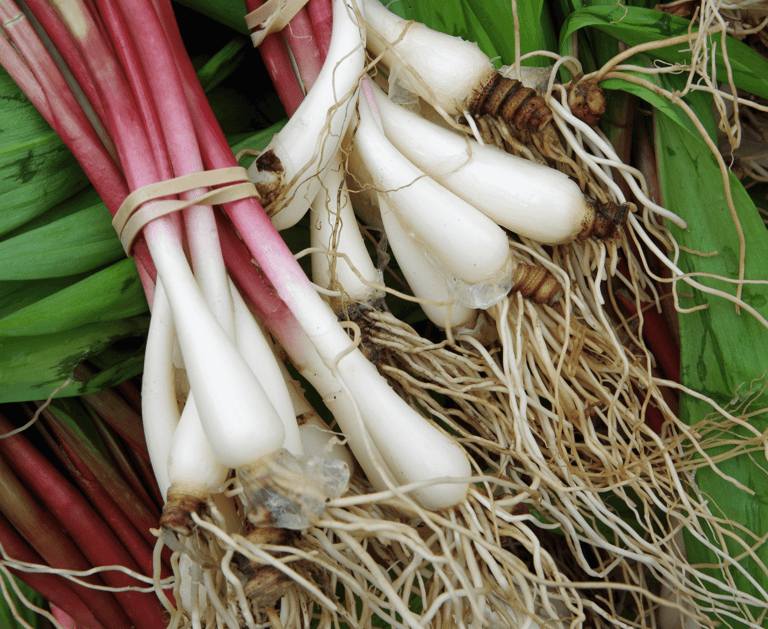

OUR STORY
Egyptian Walking Onions
(Allium × proliferum)
Another allium to consider is the Egyptian Walking Onion. These plants have bulblets at the end of their stalks. The weight of the bulblets makes them “walk” and plant themselves a short distance from the original plant. Both the original bulb (strong flavor) and the bulblets can be collected and eaten (milder flavor). It’s hard to purchase these for growing. So make sure to keep your eyes peeled for their availability during the fall planting season.

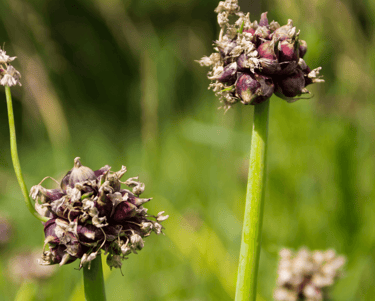
OUR STORY
Salsify / Scorzonera
(Tragopogon porrifolius)
Salsify is a root vegetable in the lettuce family, these veggies produce long
(18 - 24 inches) scraggly roots that can be boiled and mashed or served as an “oyster-like” substitute. The side shoots and flowers are also edible. Salsify's roots are quite brittle and may be time-consuming to extract. But in the wintertime, these provide a delicious addition to your meals.
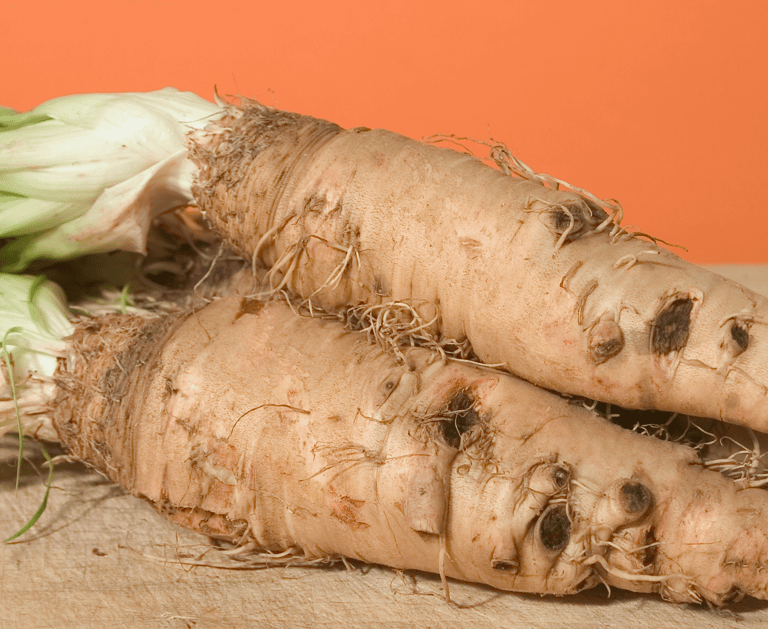

OUR STORY
Turkish Rocket
(Bunias orientalis, Laelia orientalis)
This edible perennial looks initially a bit like a tall sorrel plant. However, Turkish rocket is from the Brassica family (which includes kale, and cauliflower). Its cabbage-like leaves, broccoli rabe-like flowers, and asparagus-like stems make it a triple winner in this category. It is easy to grow, but almost impossible to get rid of and is considered invasive. It’s also a bit hard to find Turkish rocket seeds.

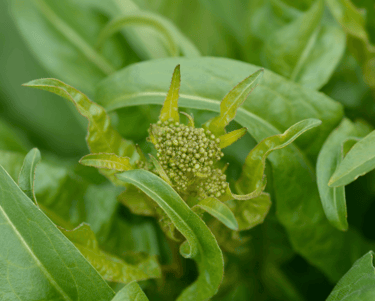
OUR STORY
Sorrel
(Rumex acetosa)
A bit of sorrel in a soup or stew can add a pleasant sour tangy taste. However, sorrel leaves, depending on their variety, can get quite bitter. Sorrel is very reliable once established. It is the first and last thing to die back at the end of the year (if it dies at all).
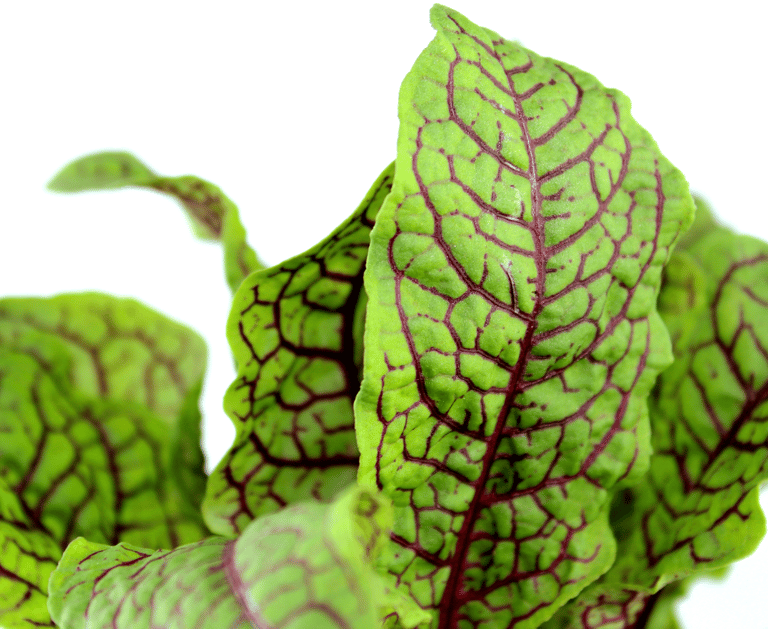

Longshot Perennial Vegetables
Longshot perennial vegetables are those fabled plants that are either hard to find or hard to grow.
OUR STORY
Sea Kale
(Crambe maritima)
Another Brassica member that prefers growing along coasts, it’s hard to find seeds and even harder to get them to germinate successfully (some techniques involve scarification and refrigeration). Once established, it can be a rewarding plant to grow for its edible leaves, shoots, and flowers.
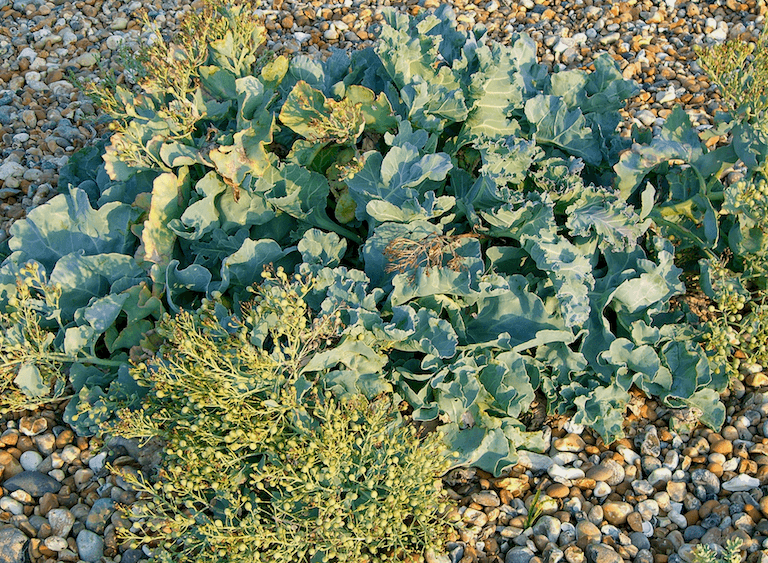

OUR STORY
Good King Henry
(Blitum Bonus-Henricus Syn. Chenopodium Bonus-Henricus)
The name hints at this old-timey vegetable being popular in medieval and Renaissance gardens. The leaves are comparable to bitter spinach and you can eat the shoots like you do asparagus. (It was once known as “poor” man’s asparagus). However, there isn’t much compelling reason to grow this vegetable over tastier and more popular annuals aside from it being a perennial.
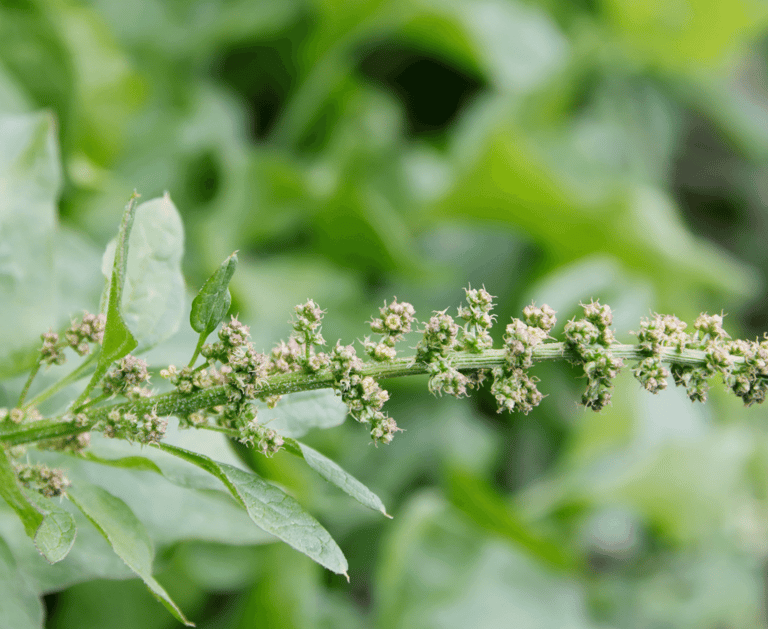

OUR STORY
American Groundnut
(Apios Americana)
Groundnut is a legume vine that has the additional benefit of being a nitrogen fixer that helps fertilize the soil. It produces edible root tuber as well as edible beans. They can grow to be considered invasive. Despite being a native to America, it’s pretty hard to find tubers to grow this plant.


OUR STORY
Skirret
(Sium sisarum)
Like Good King Henry, this is a perfectly edible root vegetable, comparable to parsnip and carrots. Each plant produces a sweet root cluster of 5-8 skirrets that can be boiled, fried, roasted, or stewed.
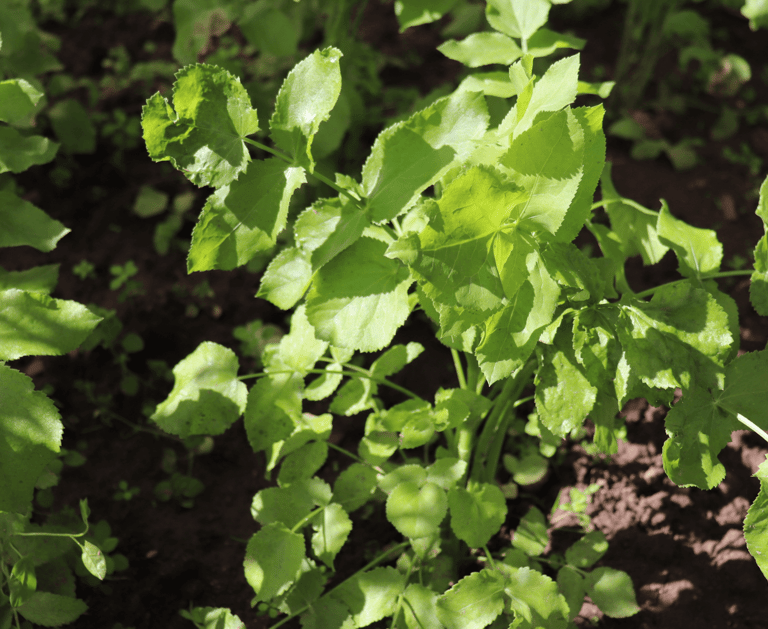

Martin Crawford’s Creating a Forest Garden
Eric Toensmeier’s Perennial Vegetables,
Temperate Permaculture‘s index of edibles and their functional use in the garden.
Dave Jacke & Eric Toensmeier's Edible Forest Gardens
Resource Books for Perennial Vegetables and Fruits
Dig Deeper
Incorporate Perennials into Your Garden Design
Once you've selected your edible perennials, how do you incorporate it into your garden in a functional and beautiful way?
We've got a blog on that. But we also have an app to help you design your permaculture guilds


Our SAGE garden planning app allows you to plan & design your food garden so you don’t waste hours wondering what to plant and when to plant it!
Introducing SAGE
Here's an app that can help you figure out what to grow together with your edible perennials of choice, and much more!
It's called SAGE: a permaculture garden design app.
Need a real person to help you grow food?
Check out our next in-person & livestreamed garden workshop!
I WANT TO GROW MORE
Sign Up for a
Permaculture Garden Course
I AM A BEGINNER
I WANT MY DREAM GARDEN
Sign up for the
Grow-It-Yourself Program
Everything you need to start a garden
may be hidden in your pantry.
Take a self-paced, step-by-step garden course to help you grow right from seed to harvest.
Make Your Organic Food Garden A Reality with
a garden mentor
a community
an app &
a proven plan!



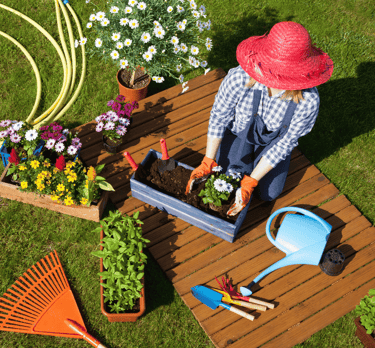


Choose one next step.
Which of the following are you?
Permaculture Gardens - your online resource for organic & sustainable gardens.
Contact
permaculturegardens@gmail.com
Bethany Farm
41558 Stumptown Rd.,
Leesburg, VA 20176
